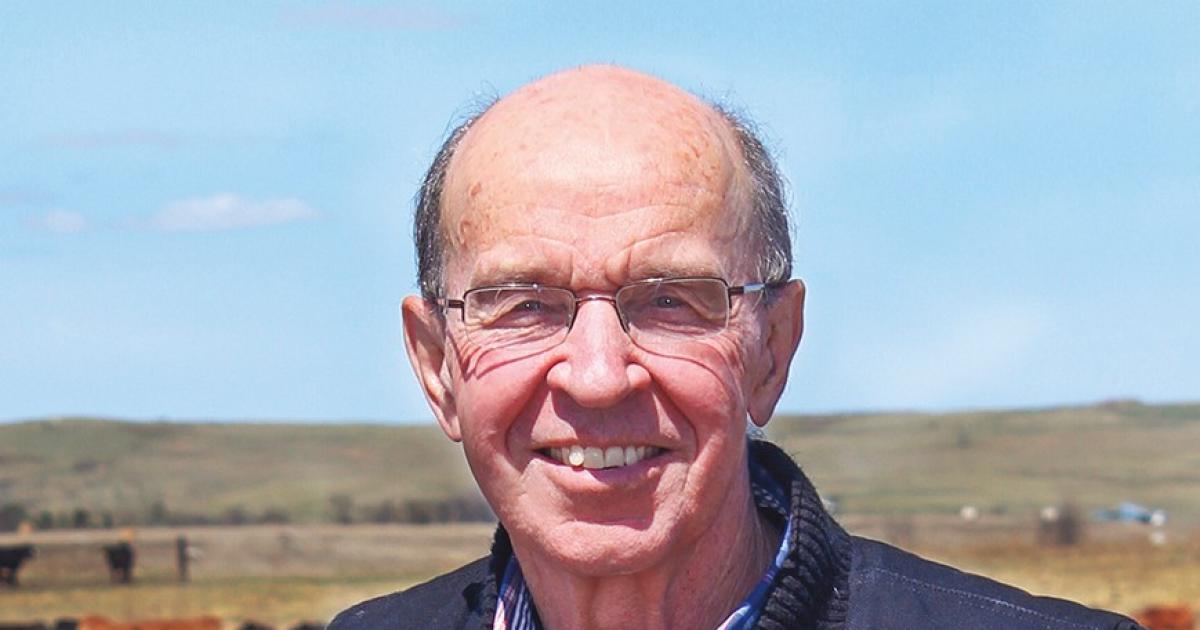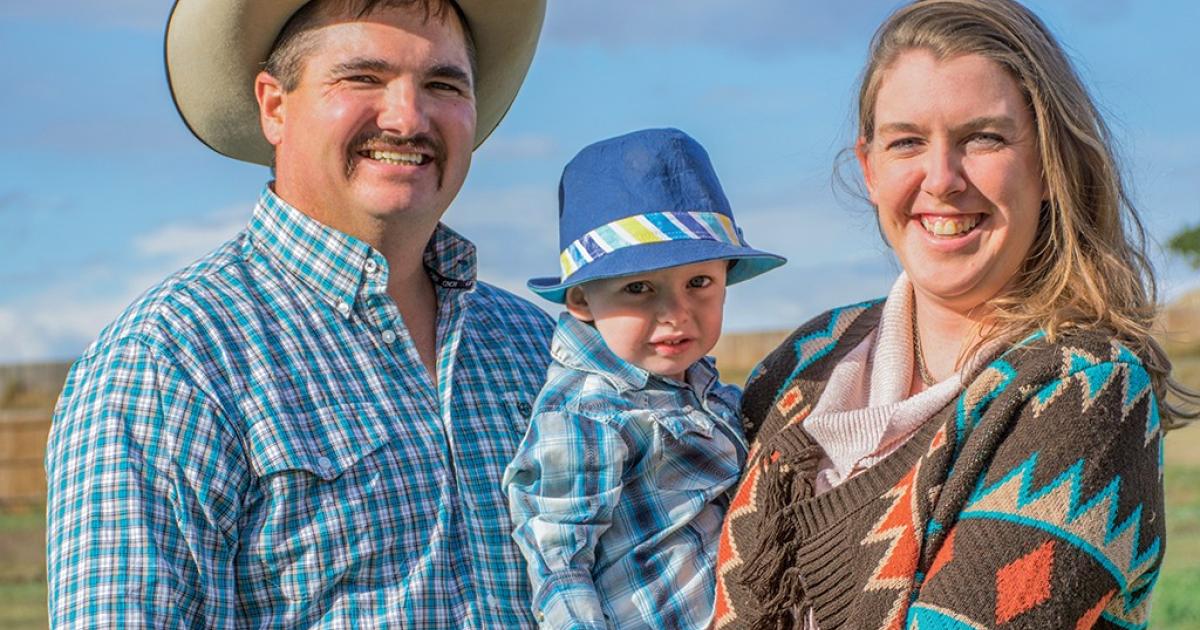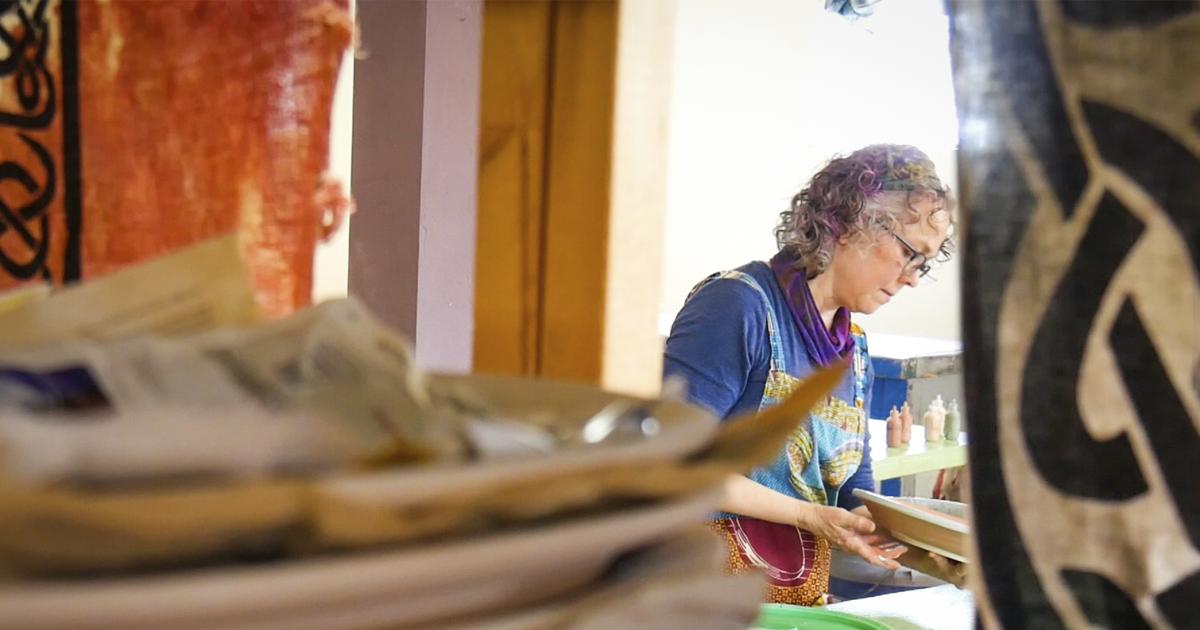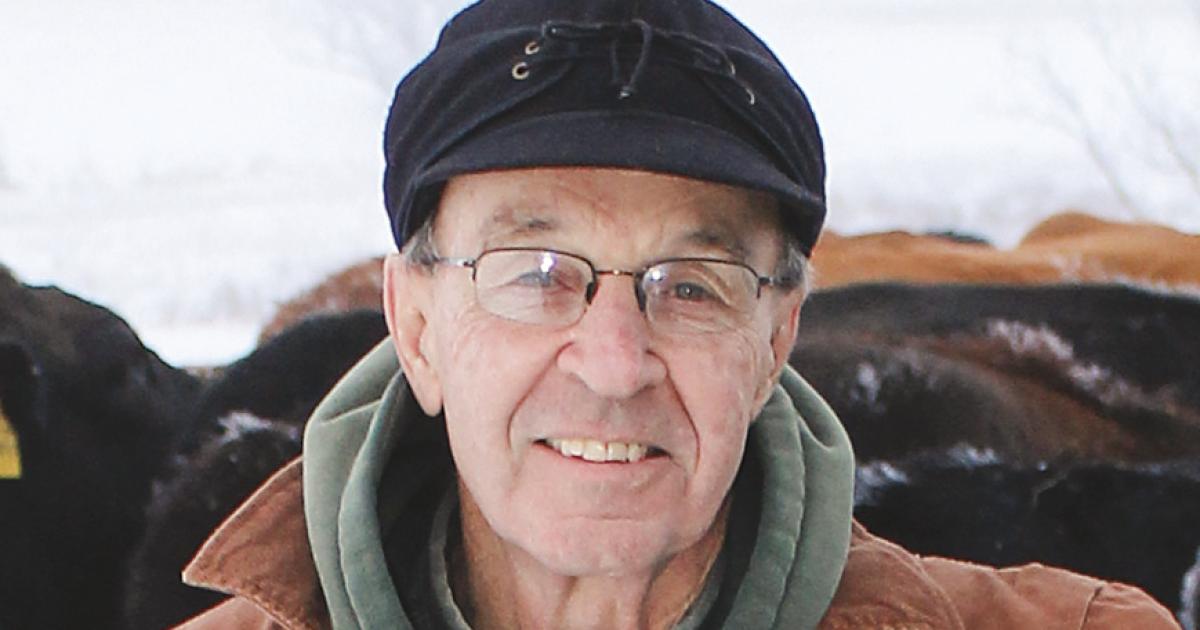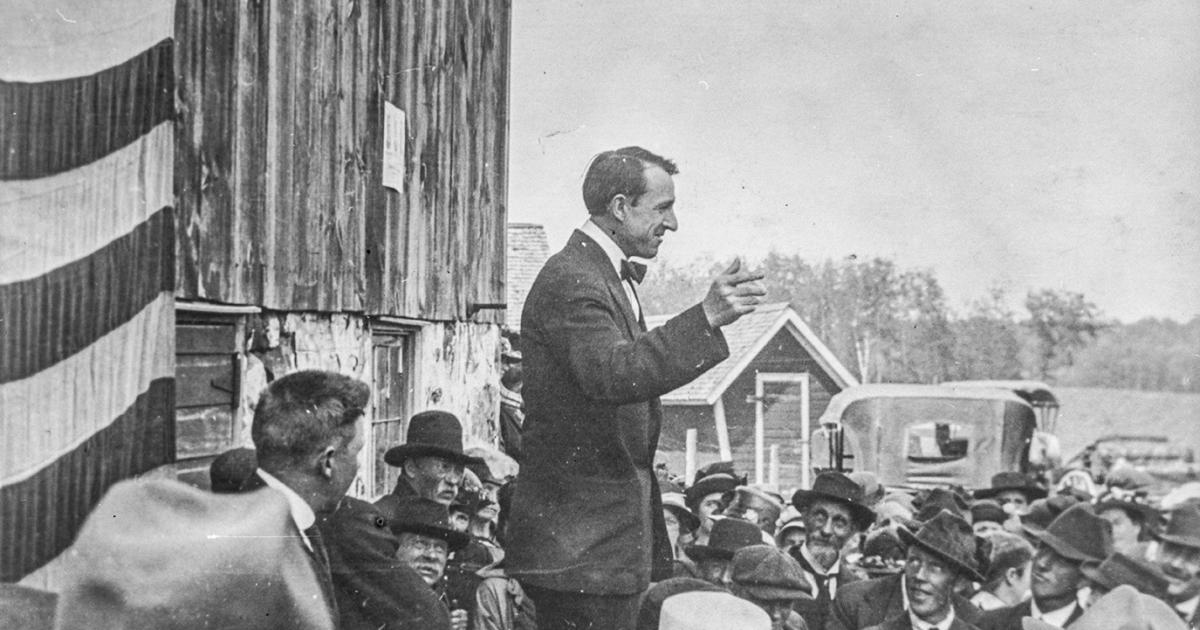Back on Aug. 12, photographer Dwayne Walker and I were headed east of Bismarck on I-94. We passed a large sunflower field that had a cattail slough in the middle of it. The slough had a blackish cast. And then they lifted – tens of thousands of blackbirds, becoming a swirling black cloud above the field.
Al Gustin
I found the scene especially riveting because we were on our way to do a television report about blackbird damage to sunflowers, and the efforts to minimize that damage. It’s an annual battle, led by the U.S. Department of Agriculture’s Wildlife Services office.
Thirty-five years earlier, when sunflowers were a relatively new crop in this region, Dwayne and I headed out to do a similar story. That one was near Carrington, where migrating blackbirds were devastating a farmer’s field. We talked to the farmer, and to Lee Brand, the pilot of a single-engine plane that was being used to harass the birds.
As I said, it’s an annual battle. A five-year study in eight sunflower-producing states found that blackbirds were doing about $30 million in damage a year. I talked to one farmer this past fall who said she used to raise sunflowers on her farm, but had to quit because blackbirds were too big a problem. She’s not alone. Migrating blackbirds love to roost in cattail sloughs and feed in nearby sunflower fields. It’s no wonder their fall migration takes them through the prairie pothole region, and no wonder that many producers in wetland areas have given up on sunflowers.
Over the years, researchers with the Wildlife Services office have tried lots of different ways to minimize the damage. Propane-fired cannons were one of the early noisemakers. Improved versions of that tool are still being used. Most methods rely on some type of noise to convince the birds that this particular field isn’t worth the harassment.
But the story we did in August was about a new tool – drones. The Wildlife Services people we talked to said blackbirds see the drones as a type of predator.
Farmers, ranchers and agribusinesses are finding all sorts of applications for drones. Scaring blackbirds is a promising one, and drones are a lot safer and less expensive than airplanes.
Al Gustin is a retired farm broadcaster, active rancher and a member of Mor-Gran-Sou Electric Cooperative.


